In the popular sense, for some people, the word 'environment' means simply, 'nature': in other words, the natural landscape with all its non-human characteristics, traits and processes. For those people, the environment is often closely linked to perceptions of intimacy and ancient landscapes that have not been affected - or, at least, not explicitly influenced by human activities.
However, for others, the term 'environment' includes human elements to some extent. Many people regard agriculture and fodder scenarios as being part of the environment, while others are far more inclusive and consider all elements of the Earth's surface - including urban areas - as environment.
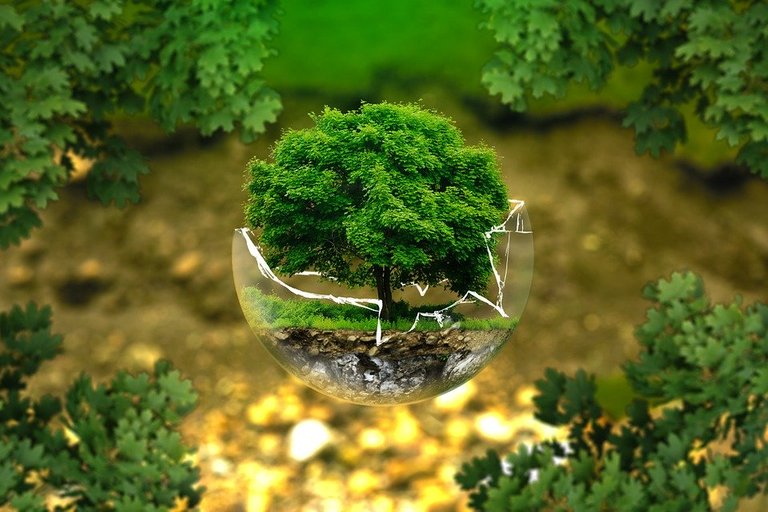
Source
Thus, in popular usage, the notion of 'environment' is associated with diverse images and tied to various beliefs and beliefs that are often unspecified - yet can be strongly used.
However, there is a central underlying assumption of all these uses: that the 'environment' exists in some kind of relation to humans. Hence the environment is, in various ways, a 'background' of human history, the exploitation of humans, the habitat and human settlements, or of the habitats and resources that encircle the 'forest', that humans have not yet domesticated or dominated. is.
In its most literal sense, 'environment' means 'environment' (environment); Hence the environment of a person, object, element or system includes all other bodies with which it is surrounded.
What is the environment?
All the physical surroundings on Earth are called environment. The environment includes everything from the living to the non-living.
The lifeless environment consists of three main parts: Atmosphere (atmosphere), Hydrosphere (hydrosphere), and Lithosphere (lithosphere).
The atmosphere is air - a layer of nitrogen, oxygen and other gases that surround the Earth.
All the oceans and other bodies of water on Earth make up the water system. The water system also includes water present in the air, such as in clouds.
The lithosphere consists of the outer layer of the Earth. It consists of a solid outer layer of crust and upper mantle. The lithosphere also includes rocks and soil on the Earth's surface.
People, animals, plants and all other living things depend on these inanimate parts of the environment to survive. The part of life in the environment is called biosphere.
The biosphere is made up of many ecosystems. These are communities of living things and the non-living communities on which they depend.
Therefore changes in the environment affect living things. Some changes are natural. They include weather conditions; The removal, or erosion, of rocks and soil; And natural disasters like earthquakes.
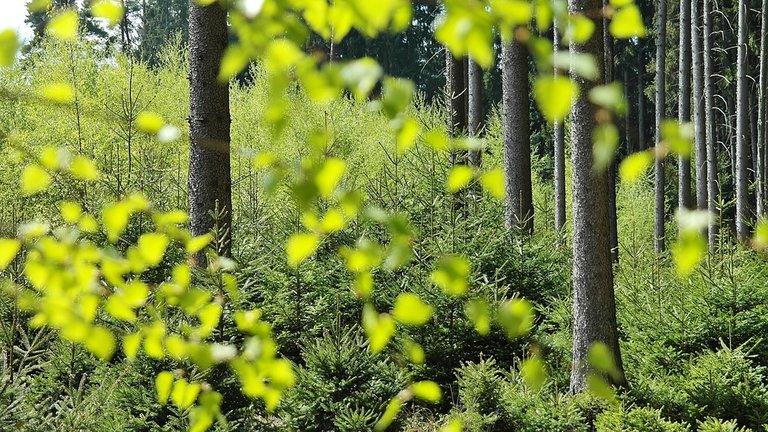
Source
People also make changes in the environment. Many of these changes are harmful to living things. Worldwide, human activities result in air and water pollution. People have also destroyed many animal habitats. In addition, some scientists believe that people's use of oil, coal, and natural gas has created a dangerous situation of global warming. It increases the surface temperature of the Earth.
Today many people are working to protect the environment. These people try to protect or conserve natural resources. They also try to recycle or reuse products to avoid waste and pollution.
Environment is something that you are very familiar with. It is everything that creates the environment around us and affects our ability to live on Earth - the air we breathe, the water that covers the Earth's surface, the plants and animals around us Is, and more.
The environment is everything that is around us. It can be living or inanimate things. It includes physical, chemical and other natural forces. Living things live in their environment. They constantly interact with it and adapt themselves to the conditions of their environment. There are different interactions between animals, plants, insects, soil, water and other living and non-living things in the environment.
The natural environment is the opposite of the built environment, which includes areas and components that are strongly affected by humans. A geographic area is considered as a natural environment, if human influence is placed on it under a certain limited level.
Natural environment
In biology and ecology, the environment is of natural materials and living things, including sunlight. If those things are natural, then it is a natural environment.
The environment includes living and inanimate things that interact with, or have an effect on, an organism. Living elements that affect each other are known as biological elements: animals, plants, etc. Abiotic elements are inanimate which include air, water, sunlight etc.
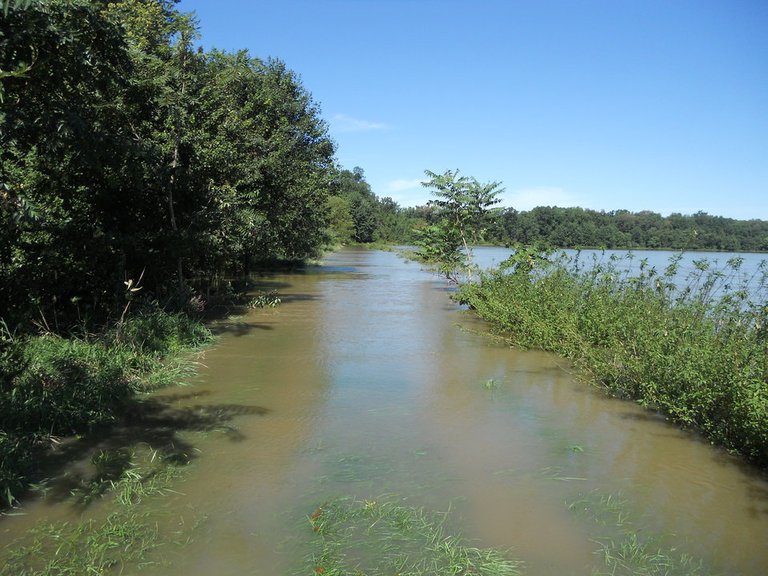
Source
To study the environment means to study the relationship between these various things. An example of the interaction between inanimate and living things is for plants to obtain their minerals from the soil and to make food using sunlight. Hunting, one organism eating another is an example of the interaction between living things.
Some people call themselves environmentalists. They feel that we should protect the natural environment, protect it.
The things we value in the natural environment are called natural resources. for example; Fish, sunlight, and forest. These are newly causal resources because they come back naturally when we use them. Non-neonable resources are important things in the environment that are limited, for example fossil fuels. Some things can kill people in a natural environment, such as electricity.
What is the impact on our environment?
From the huge amount of publicity that is circulating in the media these days, it is clear that there is a lot of environmental degradation around us. The depth of this situation is that conferences are being held every year, and new tools such as the CDM (Clean Development Mechanism) and carbon credits are being built to prevent further damage and encourage environmental protection.
But what exactly is going wrong? What is it that creates all this fuss? Look further, if you are familiar with any of the following then you should think again!
1) High Quantity Of Exhaust Gases:
By far the biggest reason for all types of environmental degradation is the excessive amount of gas, which is harmful to the environment, emanating from various industries. Chief among these gases are C02, S02 and NH3. Of course there are many more, and they are the main culprits of the ozone hole and global warming.
Source
2) Deforestation:
Number two is the cause of deforestation all over the world, including deforestation to exploit forest resources, to clear land, to wood and for many other reasons. Deforestation causes major problems for a simple reason; This reduces the number of trees, which clean the environment, provide oxygen and also affect the pattern of rain. This is the main reason why plantations are now being encouraged to compensate for this loss.
3) High Number Of Industries Such As Mining:
Mainly mining produces a lot of pollution, as it emits particulate matter, which produces pollution in the form of Respirable Particulate Matter (RPM); The particulate matter that can enter our lungs and damage the entire respiratory system. This form causes the most harm to humans. This particulate matter can also come from these door pollution, as can be seen in cooking on traditional 'stove' and in cottage industries like 'bangle making'.
4) Chemical Effluents:
There are many other by-products of seepage industries that directly impact the environment, such as the leather and tanning industries, petroleum industries, and chemical manufacturing industries, producing major waste products that are released directly into nearby streams without trituration, River pollution arises and causes damage to aquatic life.
5) Transport:
As the spending power of the population increases and as cars become more available, the number of vehicles on the road increases. The number of vehicles has increased rapidly in countries such as India, Brazil and China and is a point of pollution, which directly affects humans. Black smoke is a nuisance caused by pollution of vehicles, and hydro-carbon emitted from engines is the cause of low-grade ozone that is harmful to humans.
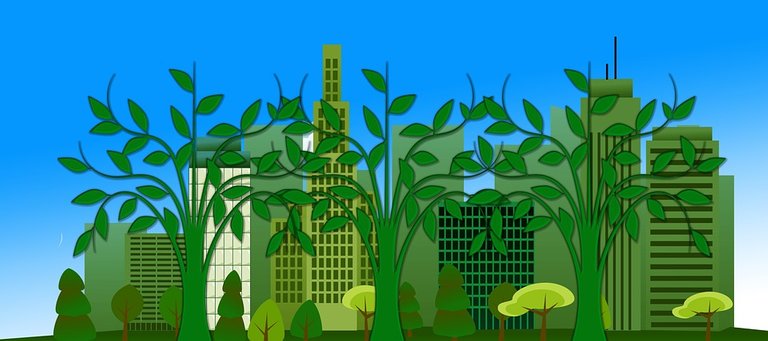
Source
6) Unprecedented Construction:
Urban Heat Island is the direct cause of the unprecedented construction activities that are currently being carried out, and the cause of urban high temperatures. One effect caused by the entrapment of solar radiation by urban heat, cockcrete and cement is materials that trap heat very well. Its buildup causes the removal of vegetation cover which usually allows better exchange of heat. This heat effect disrupts air circulation, which traps pollutants in urban areas and does not allow air mixing, which reduces air quality.
7) Secondary Pollutants:
Secondary pollutants are those that are not directly emitted; However they are formed when the primary pollutants react among themselves. Chief among them is the formation of ozone by reaction between non-burnt hydrocarbons and nitrous oxide. There are various other secondary pollutants and results from the reaction between these pollutants which causes the formation of ozone pores. Stratospheric clouds are the main reaction sites for such pollutants.
8) Ruinous Agricultural Policies:
Fertilizer use in agriculture, overflowing and shifting agriculture are agricultural policies that erode land, soil erosion leading to silting in major rivers and reservoirs. Soil erosion is a continuous cycle and this ultimately leads to deterioration in the quality of the land by allowing the direct action of elimination of agents on cultivable land.
9) The Population Explosion:
A growing population creates a load that the entire environment has to support, not only in terms of food and housing, but also in terms of the amount of waste that it produces and not the capacity development of the environment to sustain it Happen. All major activities are done to support this growing population, and until it is unavoidable, it is necessary that proper planning is made for this explosion.
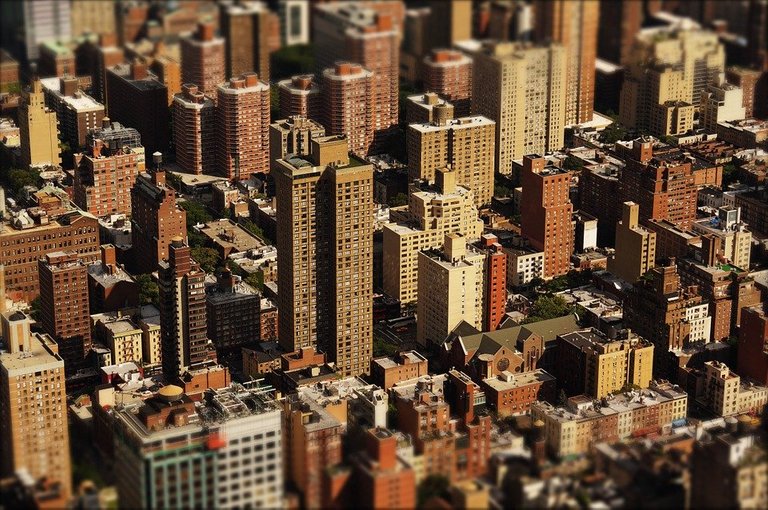
Source
10) Unplanned Land-Use Policies:
Land models are available these days that help in proper planning and utilization of land resources. However, failure to use these models and land management policies can lead to land pollution and erosion of the worst kind.
Withdrawal from the mines makes them unusable for habitation and if rehabilitation work is not carried out, the piece of land loses all its value and becomes unusable. Land classification is one of the major activities that helps in proper land use, and should be followed with extreme caution.
Ref1
Ref2
Thanks for being with me, Have a nice day.

We need to take combine initiative to protect the environment and this planet.
Exactly! The Environmental Protection Agency (EPA) is formed by the US government to enforce laws protecting the environment. Nearly 3.85 billion years ago life began on Earth but most destruction have been during last two centuries.
This post earned a total payout of 0.126$ and 0.095$ worth of author reward which was liquified using @likwid. To learn more.
Congratulations @andyson! You have completed the following achievement on the Steem blockchain and have been rewarded with new badge(s) :
You can view your badges on your Steem Board and compare to others on the Steem Ranking
If you no longer want to receive notifications, reply to this comment with the word
STOPDo not miss the last post from @steemitboard:
Vote for @Steemitboard as a witness to get one more award and increased upvotes!